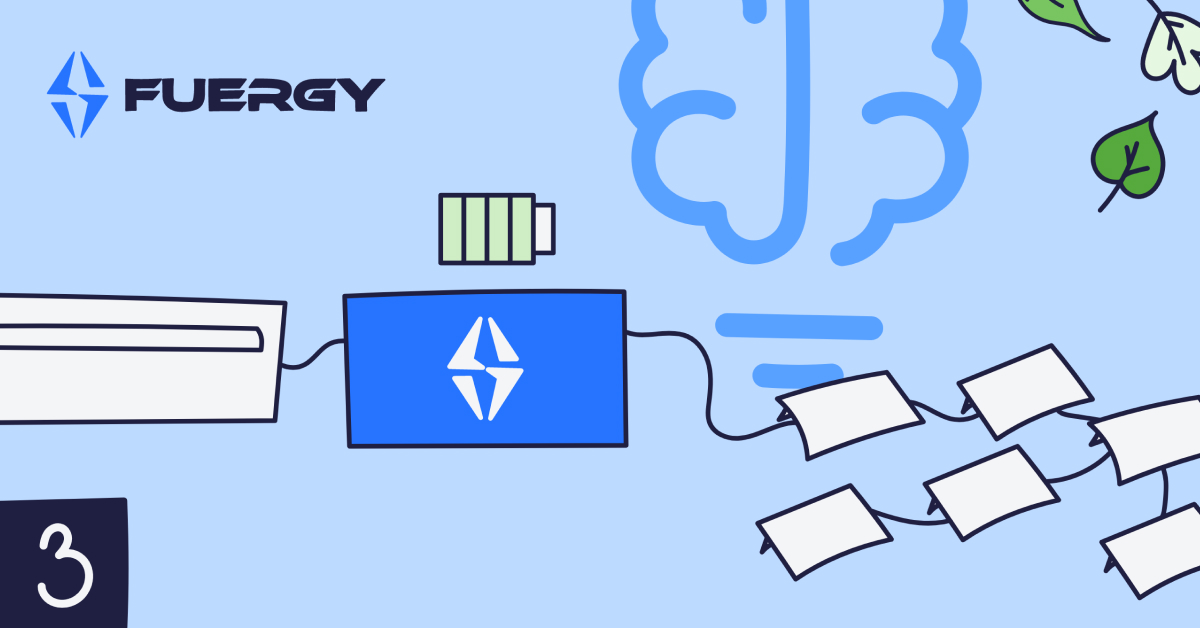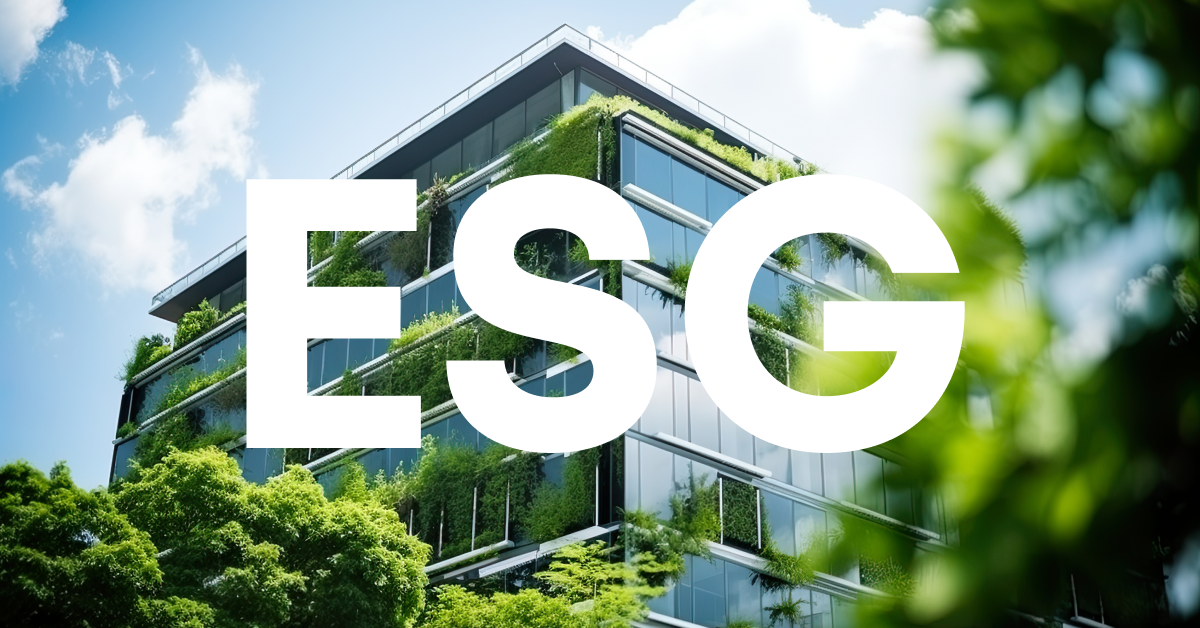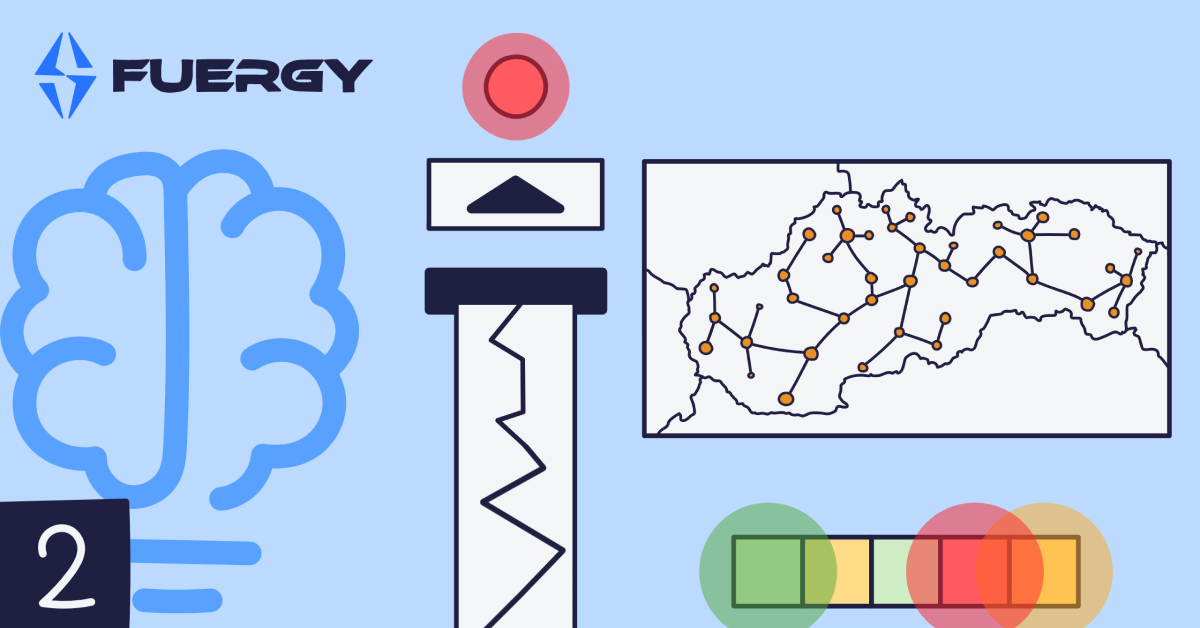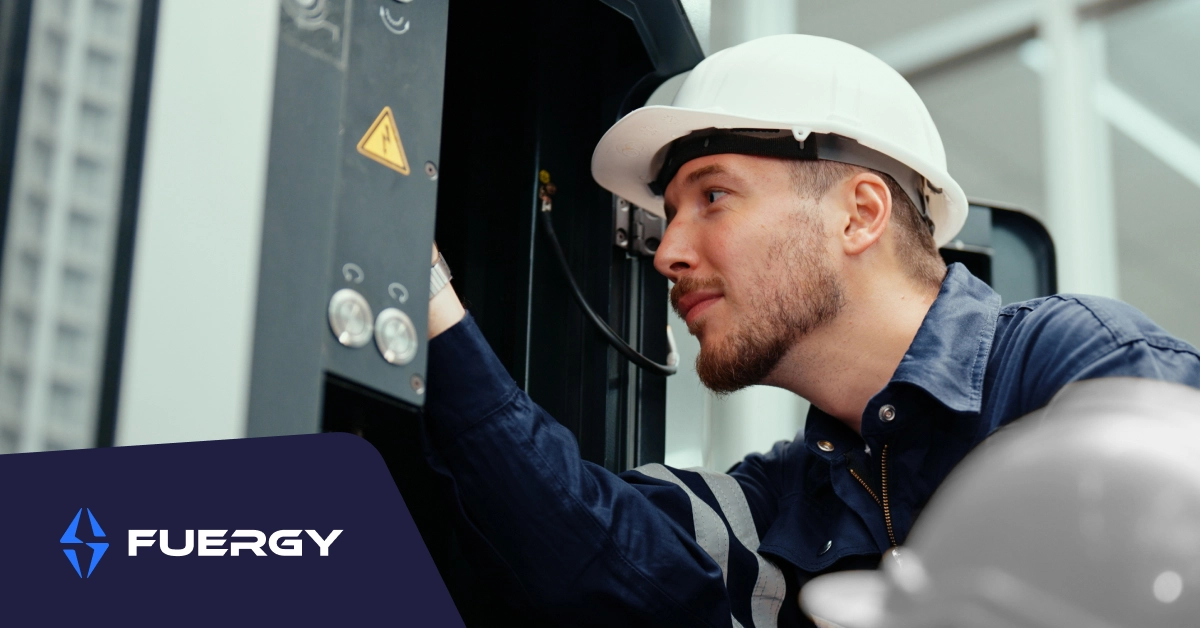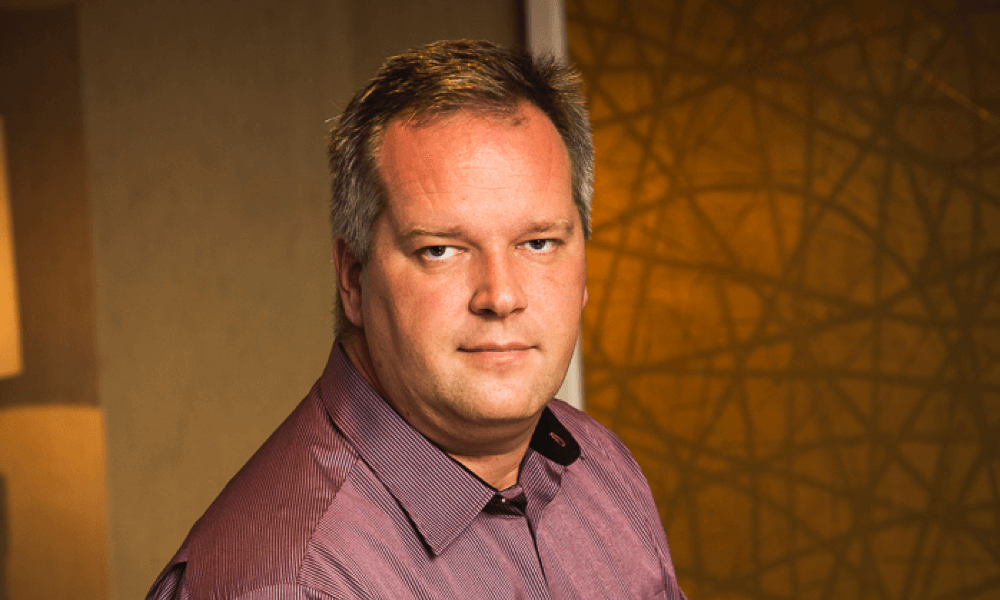
What changes in the energy sector can we expect in the years to come? And what exactly is the decentralized energy? These are just a few of the questions answered by Miroslav Struž – new Director of Sales in FUERGY.
Miroslav, you’ve been working in the energy industry for more than 20 years. There are not many people like you who have such a long-term overview of the energy situation in Slovakia. How is Slovakia doing when it comes to carbon emissions and energy supply from renewables?
More than half of the energy in Slovakia is produced by nuclear power plants. A complete phase-out of this source would be almost impossible today. From the carbon emission perspective, nuclear power is not causing any harm. Country's renewable energy is mostly generated by hydropower plants. Solar energy lags behind even though it offers great potential despite the fact that Slovakia is located on the let’s say geographical border of solar effectiveness (comparing to Spain or Portugal). A lot has changed this year since the ban for installation RES with capacity up to 500 kW was lifted. Such energy source must produce only the amount of energy that the delivery point consumes. This source does not sell or send the surplus energy back to the power grid.
Does it mean that we are seeing the growth of RES installations?
The volume of RES with capacity up to 500 kW which can be installed during a specific period is set by the distribution companies. If we look at these volumes, we see there is still some free capacity. The ROI is not very interesting for such an investment. And not only is it economically unattractive, but also there is a lot of paperwork and authorisation procedures involved. This is what needs to be changed. We need to make RES and easy and financially appealing alternative to traditional energy sources. There are many options how to do so – for example through lower distribution fees, tax incentives or EU funds. And apply it not only to RES with capacity up to 500 kW but also to bigger installations. You might be surprised but there are many companies who decide to install it regardless of these obstacles. They just want to be greener and socially more responsible. Despite the higher costs.
The progress in RES has also been made thanks to the national program offering incentives to households for installing various green and cost-effective solutions. Demand for these incentives is however higher than the offer. So this is where I see the room for improvement.
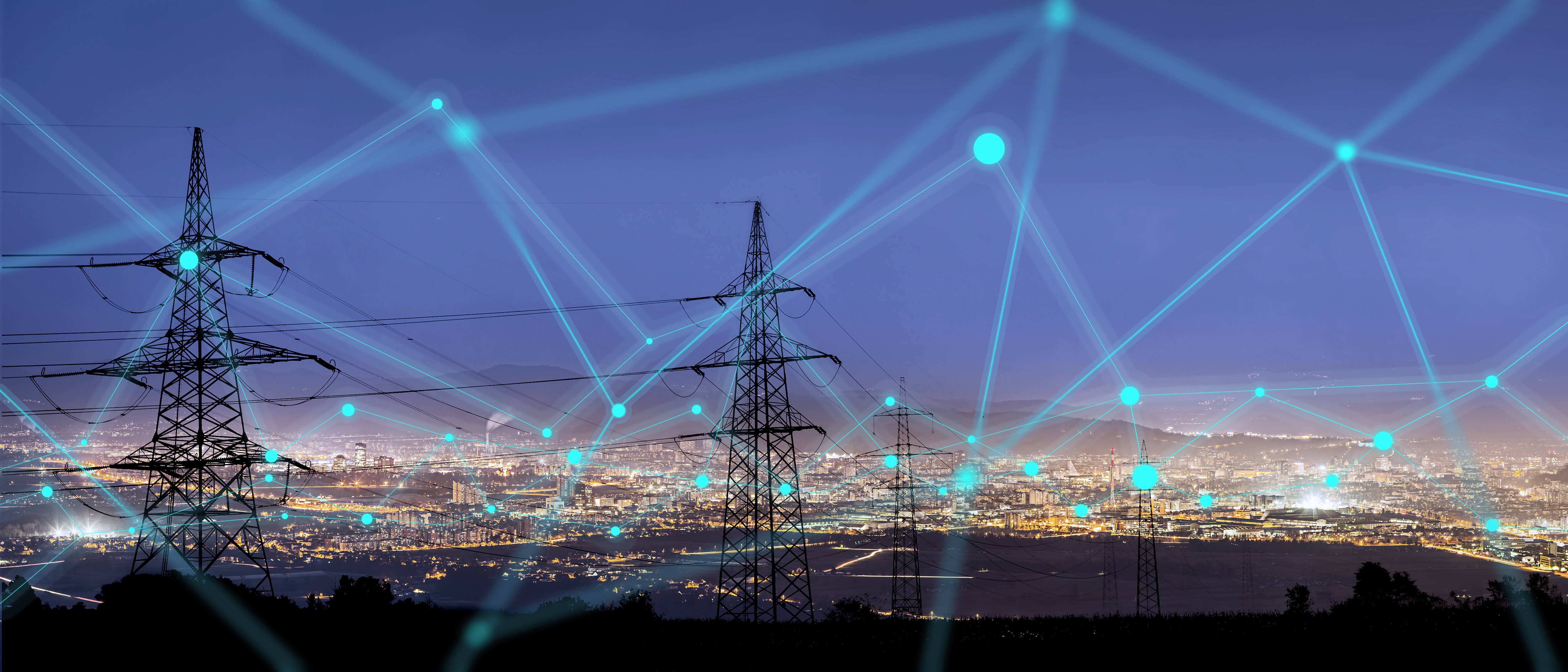
EU pushes its member countries into lowering carbon emissions, increasing the share of renewable energy in the final energy consumption or improving the energy efficiency of buildings. How are we coping with these directives?
To be honest, I am very curious about how the Directive of the European Parliament will be implemented in Slovak legislation from 2022. This directive puts emphasis on the higher adoption of RES. However, bigger share of renewables in energy mix might lead to destabilization of power grid (note: energy production and consumption need to be balanced). Therefore, we need to get ready and set the framework for decentralized energy production. A useful tool that can help us to balance the power grid are batteries. Even the EU Directive starts to mention the terms such as “aggregators” or “energy communities”. As the Directive says, “it is also necessary to establish a regulatory framework which would empower renewables self-consumers to generate, consume, store, and sell electricity without facing disproportionate burdens.” In other words, we are one step closer to start actively using batteries as a supplement of RES. Batteries have great potential to make RES more reliable energy source and therefore we can reduce our dependence on fossil fuels.
In FUERGY, we already use energy storage technologies. And despite the current barriers we are still able to achieve interesting financial results. So any other change in legislation that will eliminate those barriers will certainly increase the demand for such a solution.
One could even say that the European Directives are forcing Slovakia to move forward and diminish the development gap it has with Western European countries. EU also plans to unify the rules across all of the member countries and create a so-called “Energy Union”. In your opinion, is this goal achievable?
It is definitely the right direction. But also a big challenge. We don’t even have the rules unified within our region yet. Slovak distribution companies have, for example, different regulations when it comes to sending electricity generated by RES back to the power grid. So the unification is more than welcome. Besides, each of the EU member countries has a different energy policy. Germany is shutting down its nuclear power plants, whereas in France it is the energy source #1. In Poland, coal continues to reign. The unification will not happen from one day to another but this is certainly a goal that all member countries should pursue. Especially when the EU wants to become carbon neutral by 2050. The technologies exist. All we need is to provoke their mass adoption. We can do so by eliminating the technical and administrative barriers and setting the conditions in a way that RES will become an attractive alternative for each party involved.
What kind of incentives do you think would be the most effective?
In Slovakia we have an incentive in the form of a subsidy given to households for purchasing RES technology. It is a great initiative which became very popular. Although, in my opinion, such an incentive should apply also to SMEs. Their potential to produce green energy is much higher. The incentives should also focus more on the RES + battery storage solutions. This is where I see room for laying the foundations of energy decentralization, i.e. local energy production from a higher number of smaller power plants. Where even a family house with solar panels can be considered a small power plant. I am also positive about the subsidies for low-energy houses, replacement of old boilers for new low-emission boilers, or transition to electric vehicles.
Going back to the energy decentralization topic. Imagine the scenario that, beginning tomorrow, all buildings are low-energy (i.e. buildings that use almost solely their self-produced energy from RES) and able to share the energy from their RES and batteries, our energy self-sufficiency would reach a different dimension. Even if on the household level only. One Dutch study has achieved 89% energy self-sufficiency for a local community of passive houses. The study was using solar panels, batteries, energy sharing, and many other existing technologies, for example, energy-efficient HVAC systems (i.e. heating, ventilation and cooling). What is interesting, is that the whole energy flow in the community was counting also with the electric cars' battery capacity. The potential of turning them into an energy storage, when not in use, is very high.
So the energy sharing within the local communities also plays a key role?
Absolutely. But not only within the communities. Energy decentralization can be also virtualized which means that multiple delivery points can share the energy through the existing power grid regardless of their distance. The so-called virtual microgrid allows us to cumulate the capacities of the batteries and, in the end, lower our energy costs. We can look at it as a financial reward for green energy producers and consumers. Especially those who want to be ecological and economical at the same time.
Imagine you live in a house with solar panels and you store energy in a battery. You are also part of the virtual microgrid and you wish that your kids’ school would utilize more green energy. How can this be done? You simply donate 100kWh of your produced solar energy to the school. The more parents in the microgrid, the greener the school. It’s as easy as using internet banking. You can send the chosen amount of energy to anyone inside the microgrid through the app. No matter who the receiver might be – a school, your close ones or a football stadium – everyone can benefit from shared energy.

What do you think about the subsidy offered by the Ministry of Economy of the Slovak Republic for buying a new electric vehicle? Is the Slovak infrastructure ready for the rapid rise of electromobility?
The cost of electric cars can truly discourage consumers from buying them. In my opinion, this grant is targeted mostly at the people who are hesitant to purchase one. Those who really want it and can afford it, would buy it today even without financial incentives. However, we have to take a slow pace with electromobility. When the very first car was introduced, did everyone buy it the next day?
The potential of electric vehicles is huge though. At present, I see it as an ideal solution for daily commuting within the city. Especially to help reduce local pollution in the city centers. If today you park your electric car at the same spot near your house, and you regularly charge it there, the existing power infrastructure should be sufficient. But we want more than that. So the next step in the electromobility could be expanding the infrastructure and installing more chargers in shopping centers and office buildings. The biggest challenge, in my opinion, are the long-distance rides. We have to bear in mind that increased energy consumption (e.g. installing superchargers) also requires higher energy production. Locally, at best. In other words – decentralization.
It sounds like energy decentralization is the inevitable future.
Slovak infrastructure for power transmission and distribution is built very well. However, energy consumption is growing along with the constantly rising needs of the people. Today, everyone wants a big TV, A/C, washing machine with a dryer, etc. In the future, more people will also want electric cars. If we stick with centralized energy production, there is a possibility that the capacity of the power grid will be insufficient. We might no longer be able to transmit the large amounts of electricity needed to satisfy the growing demand. Some countries are already facing this problem. Take Germany as an example. A big part of Germany’s energy production is concentrated around the North Sea, but the industry is located in the South. Their power grid is not only overloaded but there are also major energy transmission losses.
So, if decentralization can also help us reduce power losses, why haven’t we started the transformation yet? Are there any obstacles?
Decentralized energy means distributing smaller amounts of electricity at shorter distances. Power losses are, therefore, significantly lower. Yet to do so, we need a system that will handle the production and consumption. And not just that. With increased adoption of renewables, we also need to take under consideration the unpredictability of weather conditions. For this, accumulation and storage appear to be the right tool. So batteries become another variable to govern. The key element here is the data collection and evaluation. If we can efficiently manage all the data about energy production, consumption, accumulation and sharing, the existing infrastructure will be sufficient for a much longer-term. So this is where I see the future of the energy industry – energy generated in proximity to the point of consumption, managed by an intelligent system in real-time. That’s why I decided to join FUERGY.
Miroslav's career in the energy industry began 20 years ago when he joined one of the biggest Slovak energy providers – ZSE Energia, a.s.. He started as an energy quality engineer. Later, already as a director, Miroslav participated in the formulation of various innovative strategies and implementation procedures for grid development. In Bratislavská Teplárenská, he helped to increase the effectivity of power plants. He became a sales director and member of the board of GGE, one of the leading energy groups in Slovakia. During his successful career, GGE's revenues increased immensely and the company entered multiple foreign markets. He shared his expertise at various international events and on media portals as well as served as an advisor for the energy industry. Recently, he has decided to make further use of his invaluable experience within the field of energy optimization and joined FUERGY in order to become a founding father of the future of energy.
We are living in the future of energy. Are you?

